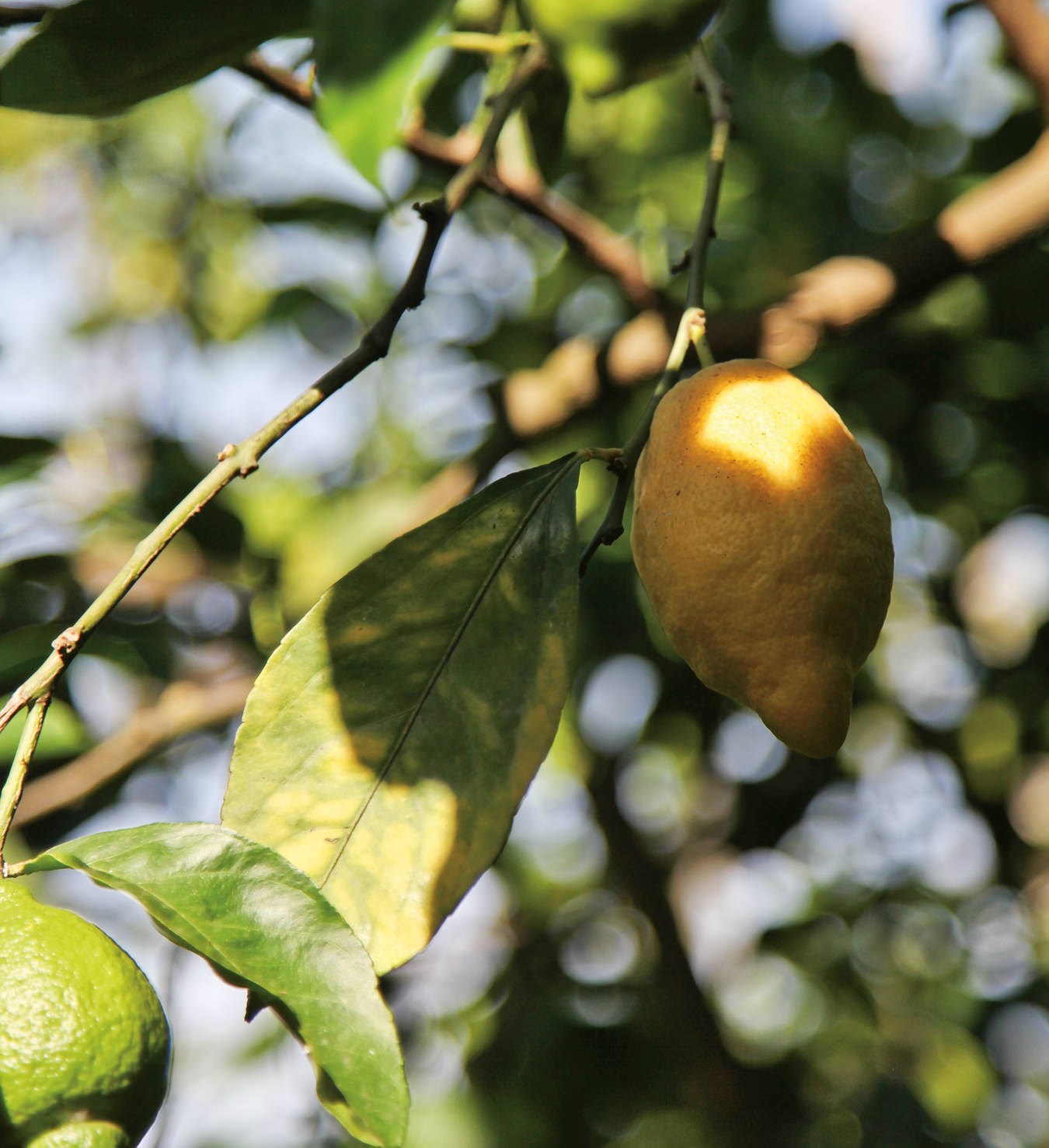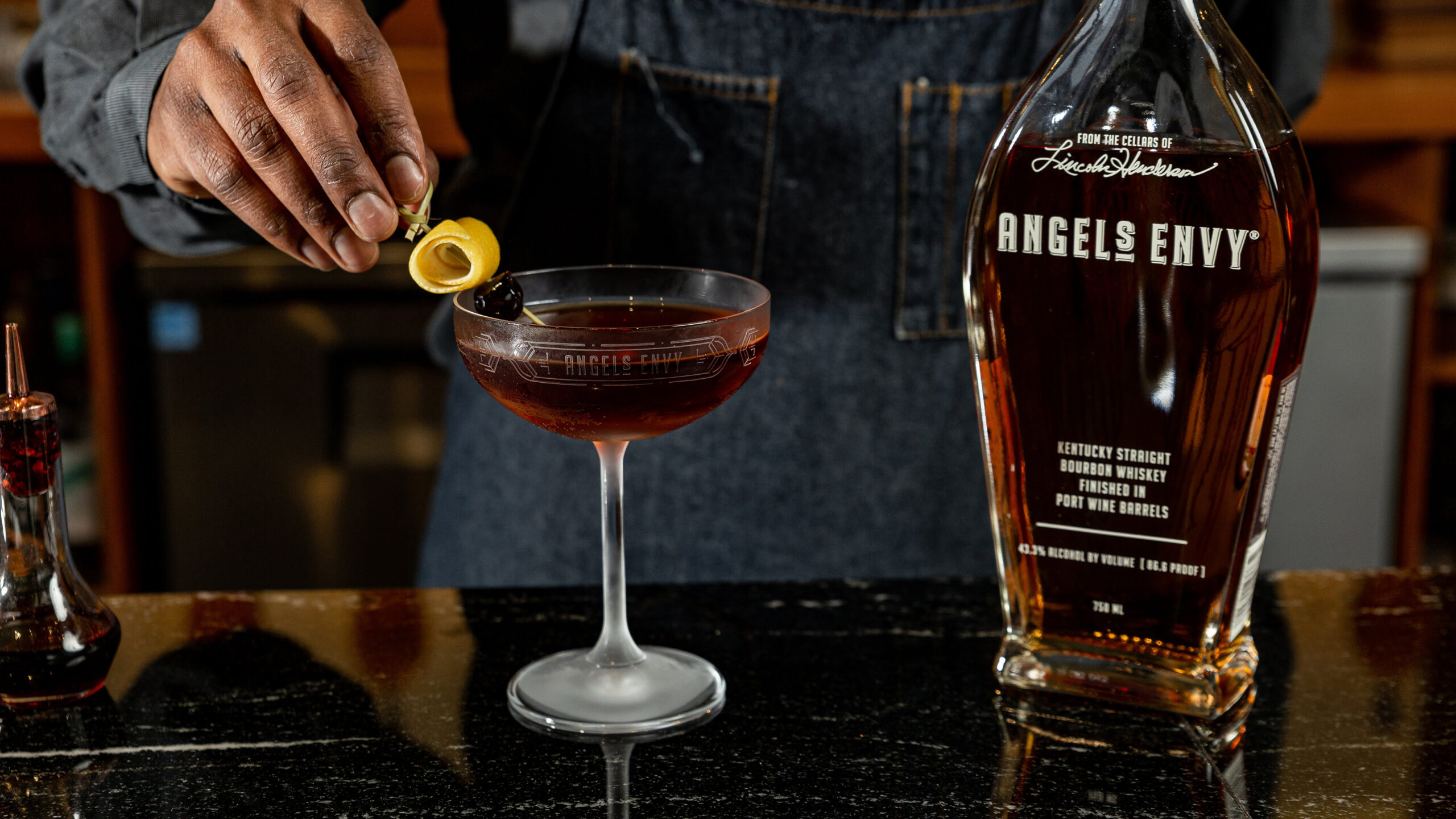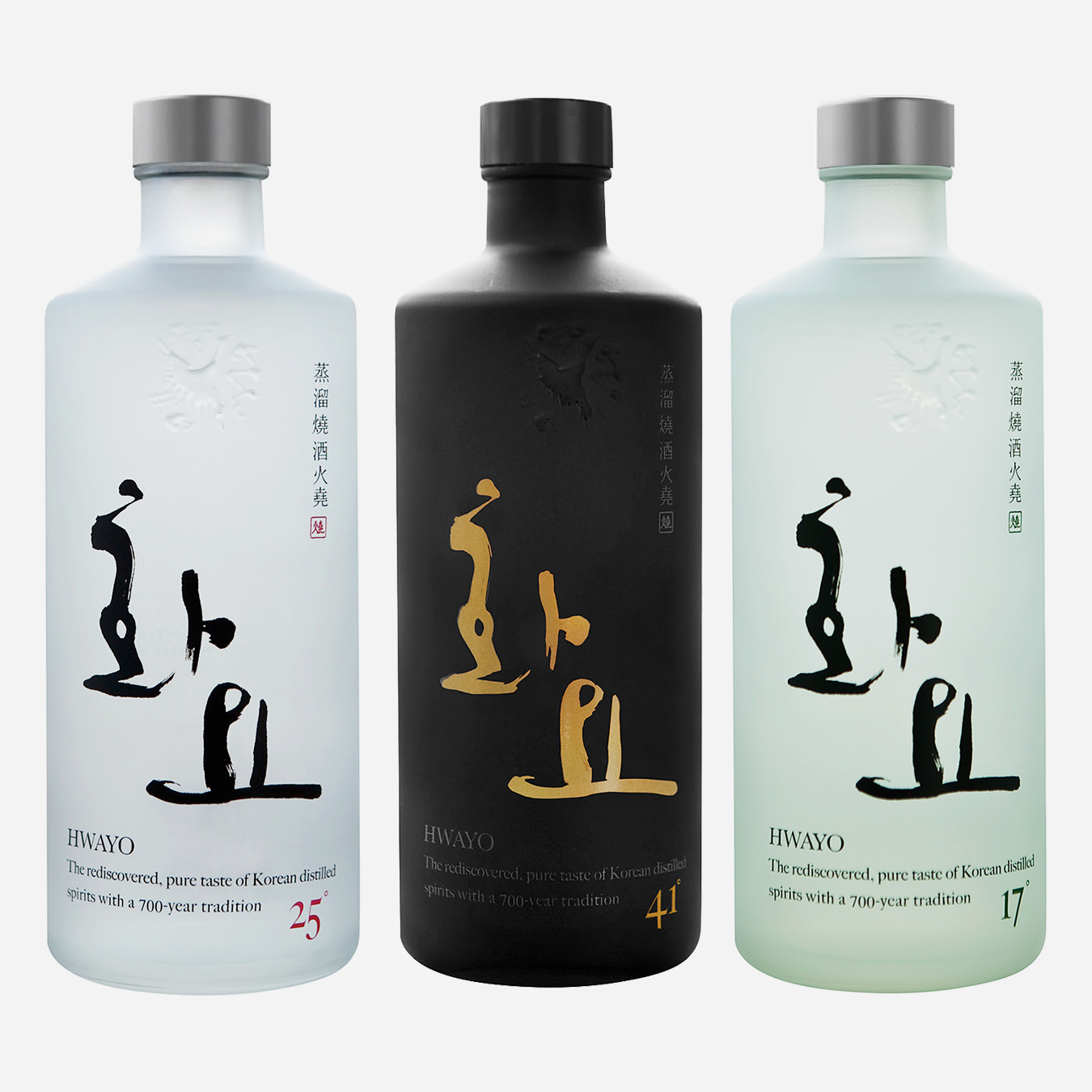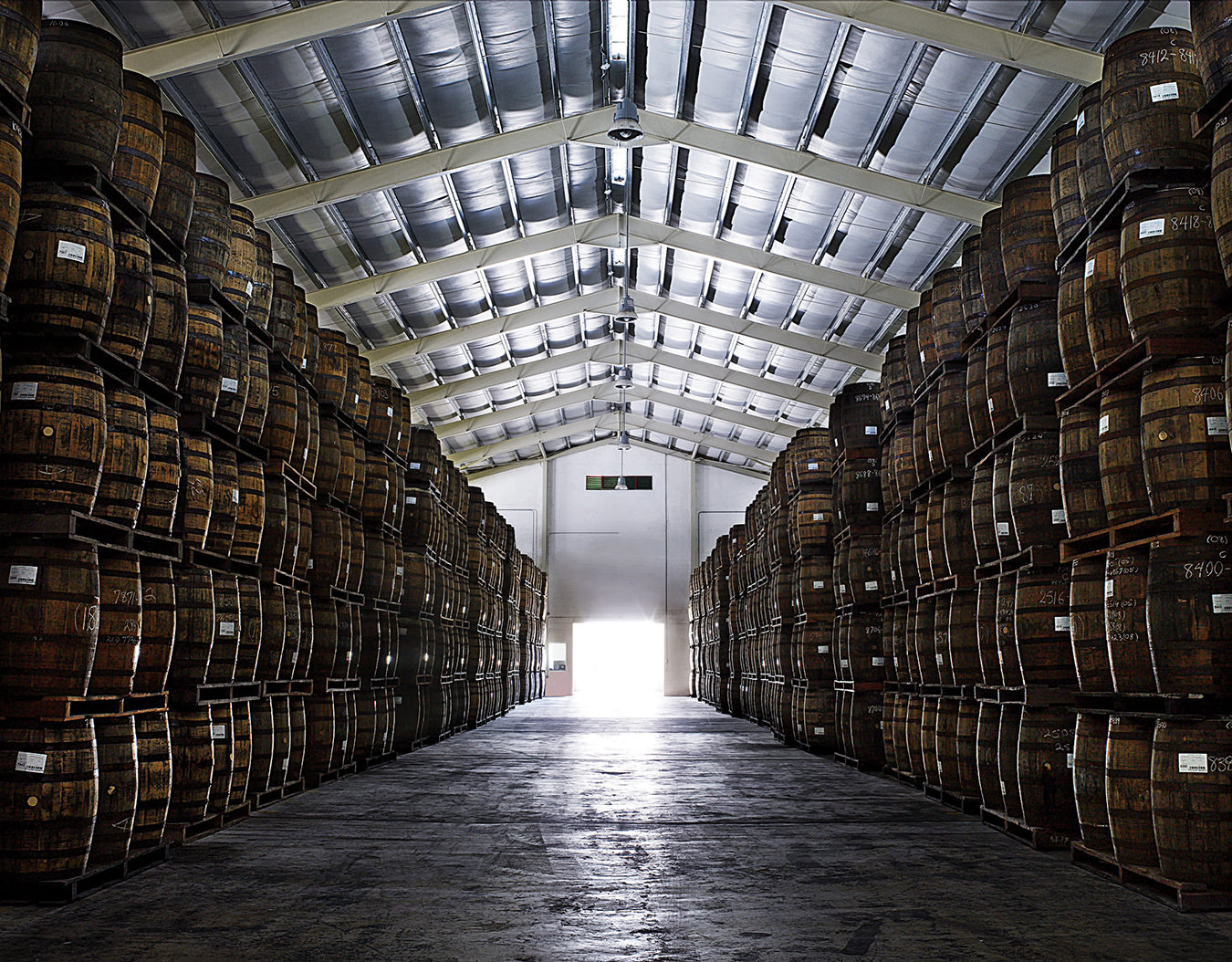-

Garrison Brothers was founded in 2006.
-

The Hudson Whiskey has learned that the vibrations in the barrel intensify the liquid’s interaction with the wood.
-
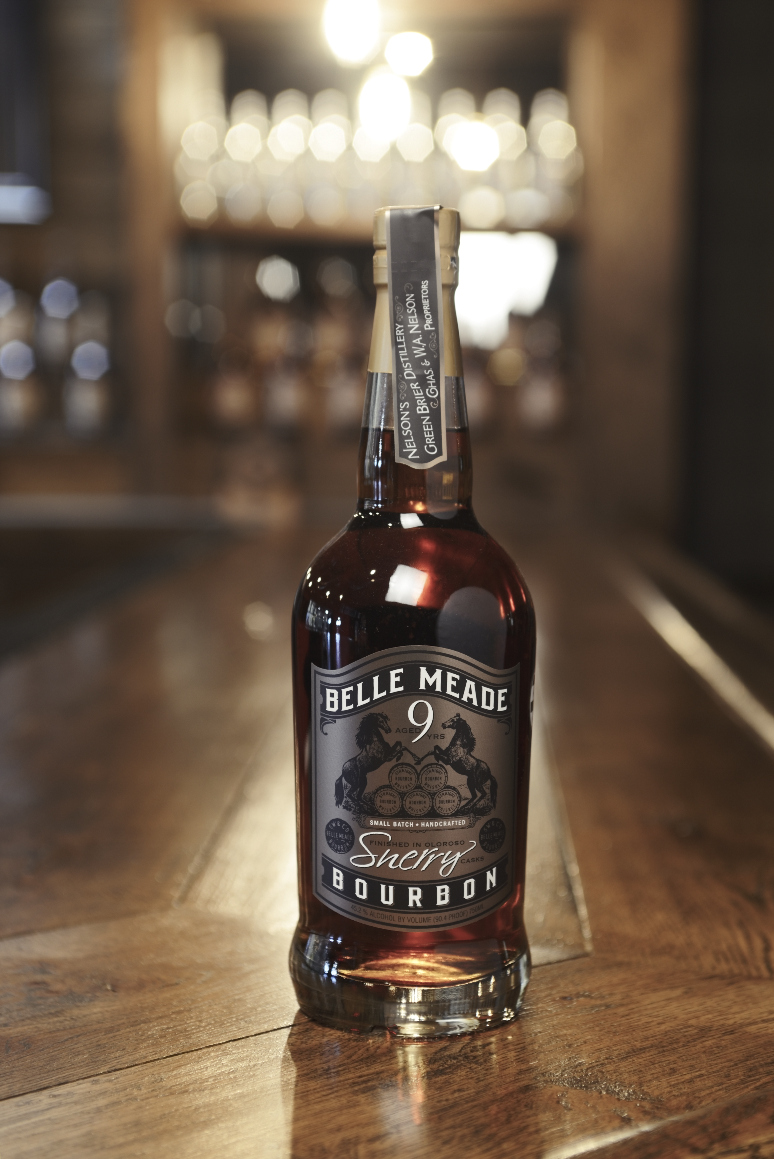
As the craft spirit movement gains momentum across the U.S. and abroad, small batch bourbons continue to increase in popularity.
Best Bourbons
American spirit.
Early American distillers began making bourbon whiskey in the late 18th century, but it wasn’t until 1964 that Congress declared bourbon a “distinctive product” of the United States. Despite this, the official American whisky only recently experienced a surge in popularity, and as the craft spirit movement gains momentum across the U.S. and abroad, small batch bourbons continue to increase in popularity and appreciate in value. By way of example, earlier this year the Saratoga Wine Exchange advertised a bottle of Pappy Van Winkle’s Family Reserve 23-Year 2013—perhaps the most sought after craft bourbon on the market—with a price tag of $2,900 U.S. ($3,787 Canadian). That’s $2,650 more than the distillery’s suggested retail price.
For decades, bourbon was produced almost exclusively in Kentucky, and until recently the majority of bourbon consumers believed that only Kentucky bourbons were worthy of their interest. However, the global obsession with small batch spirits has led to hundreds of craft distilleries opening across the U.S.; most are making bourbon, and some of it is exceptional.
“America just woke up to the fact that you can make bourbon anywhere, not just in Kentucky,” says Dan Garrison, proprietor of Garrison Brothers Distillery in south-central Texas, who founded his distillery in 2006. These days, Garrison Brothers releases three annual expressions: Texas Straight, its flagship spirit and the one that Garrison says “got us to the dance”; Single Barrel, which was introduced in 2014 and is now available in six-bottle sampler cases where each bottle contains a different barrel-aged whiskey; and Cowboy Bourbon, an uncut, unfiltered, cask-strength bourbon that is released every other year. “That’s my pride and joy,” Garrison says of the Cowboy Bourbon. “It’s [a blend of] our most exquisite barrels.”
Garrison Brothers’ 2015 Cowboy Bourbon, which features a mash bill made up of 74 per cent panhandle yellow dent corn, is easily identifiable thanks to its deep ruby hue. On the palate, the 135-proof bourbon delivers a progression of flavours that opens with hints of vanilla and white chocolate, and culminates in notes of maple syrup.
The global obsession with small batch spirits has led to hundreds of craft distilleries opening across the U.S.
In 2003, Ralph Erenzo and Brian Lee converted a mill granary at the Tuthilltown Gristmill in Gardiner, New York, into the Tuthilltown Spirits microdistillery and set out to make bourbon in the state for the first time since Prohibition. To learn the trade, over a two-year period Erenzo and Lee visited numerous craft distilleries in Europe, including a family-run grappa distillery outside Venice and a third generation organic Calvados distillery in Normandy. In 2006, they released two bourbons under their Hudson Whiskey label—Baby Bourbon and Four Grain Bourbon—both made exclusively from locally sourced grains.
During those early years, Tuthilltown Spirits had difficulty convincing consumers that its Hudson Whiskey bourbon could compete with anything distilled in Kentucky. Over time, however, the sweet and light Baby Bourbon and rich, full-bodied Four Grain Bourbon caught on. Today, the distillery is constantly dabbling in new grain combinations, as well as tweaking an aging process that Erenzo has named “sonic maturation”. By playing bass-heavy music—such as rap, punk, and dubstep—through giant subwoofers installed in their rickhouse, the Hudson Whiskey team has learned that the vibrations in the barrel intensify the liquid’s interaction with the wood. “We’re experimenting all the time,” says Erenzo.
Around the time that Garrison was founding his distillery, and Erenzo and Lee were releasing their first batch of bourbon, Andy and Charlie Nelson were uncovering the history of their family’s defunct bourbon whiskey business—which at one time was the nation’s largest producer of Tennessee whiskey. Nelson’s Green Brier Distillery closed in 1909 when Tennessee passed its own Prohibition amendment, but a century later Charles Nelson’s great-great-great-grandchildren revitalized his once-thriving enterprise.
Just like their ancestor, the Nelson brothers today source bourbons with high rye contents from a leading supplier in Indiana and then blend them to, as Andy says, “make a whiskey that is better than the sum of its parts.” In 2012 the brothers released Belle Meade Bourbon, which resembles a 19th-century blend of the same name. In 2014 they unveiled Belle Meade Bourbon Sherry Cask Finish, which is sweeter on the nose, but finishes slightly drier with a hint of nuttiness.
The Nelson brothers hope that within five years they will be distilling all of the spirits they bottle and sell under their label. That growth, in some ways, is a microcosm of the entire craft bourbon industry. “There are two sizes of whiskey distilleries,” says Andy. “The really big distilleries that have been around a long time, and the little guys that are coming out with awesome, unique whiskies. There’s so much innovation that’s turning the industry around, and that’s why it’s going to continue to grow.”





